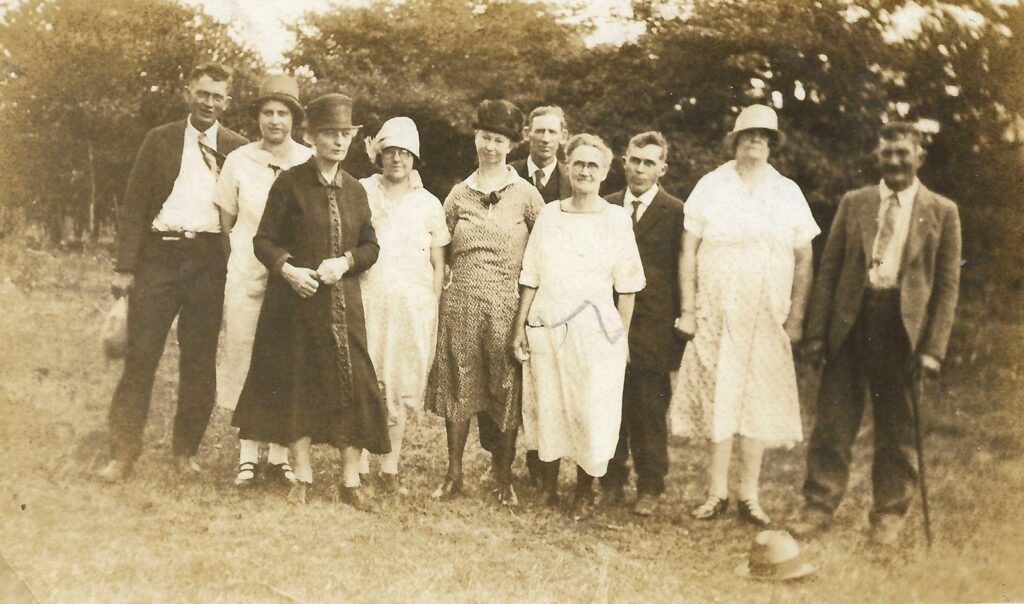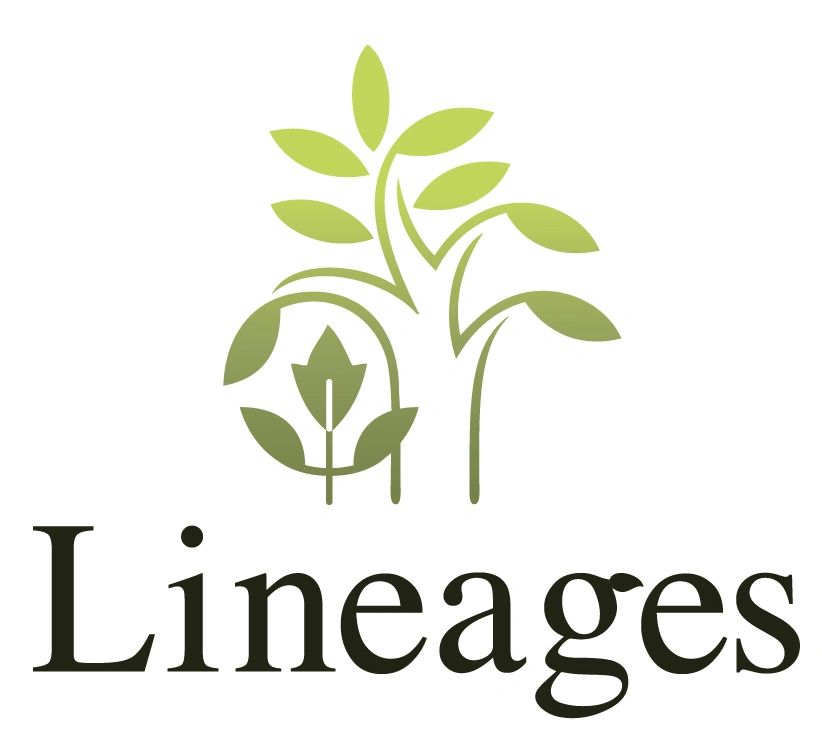Reverse Genealogy: Tracing the Descendants of Your Ancestors
Reverse Genealogy: Tracing the Descendants of Your Ancestors

Usually, the goal in our family history research is to go back through the generations. We scour vital records, hoping that it names our ancestors’ parents. But what about those other names on the records? What about the other children listed on the census record? What about the siblings and grandchildren named in the obituary? When doing descendancy research, we are starting from back in time and working our way down to the present. It means that we research the children, grandchildren, great-grandchildren and so on of our ancestors. But why would you want to do that? Researching the descendants of your ancestors has so many benefits – and it is fun! Siblings and descendants often hold the key to breaking down the brick wall about your ancestor. Let us look at some reasons why you should do descendancy research.
The Answer to Your Brick Wall Question Might Be in the Records of Your Ancestor’s Descendants
Sometimes the answer we are looking for is in the records of our ancestor’s descendants. Let’s say you are looking for your great-grandmother’s maiden name. While researching the records about your great grandmother, you discover that none of her records list her maiden name. You can’t find a marriage record, and her death certificate does not list her parents. What’s next? Now is a great time to look at her descendants to see if any of their records list her maiden name.
The more recent a death is, the more likely it is to list the maiden name of the decedent’s mother. Researching all of your great-grandmother’s children might reveal her maiden name. Consider tracking all of her children through their marriage and death. Find each of their marriage, death, and obituary records. You might be surprised that one or more of her children will list his or her mother’s maiden name.
County histories are another source you will want to look for when researching the descendants of your ancestor. Beginning in the 1870s, county histories became a popular way for communities to record the history of the area and its citizens. Oftentimes there will be biographical information about the early settlers of the area. You may be wondering what town in England your great-great grandfather came from before immigrating to the United States. In a county history book, you may find a biographical record of his grandson which lists what town his grandfather came from.
You May Locate Pictures or Family Heirlooms

Sometimes we are lucky enough to inherit our family’s pictures and heirlooms, but sometimes those items take another inheritance path and may be in the possession of our distant cousins. Connecting with your cousins may reveal that they have the tea set that your great-great grandparents brought over from Germany in the 1840s. Maybe your third cousin has the only existing photograph of your great-great grandparents. There is so much excitement in connecting with a cousin and discovering the treasures that their line of descent inherited. You may also have items or pictures that you can share with them.
DNA Connections
If you’ve taken a DNA test, you may look at your list of cousins and become overwhelmed because you have no idea how you are related to them. By doing descendant research, you will become familiar with the names of people your ancestors’ descendants married into and the places where they lived. You will be able to look at your match’s pedigree and quickly recognize the names and places that connect to your tree.
Research Strategies
Goal Setting: It’s best to set a reasonable goal. Analyze how much time you want to spend on a descendant project. If you only have a limited amount of time, you probably do not want to trace the descendants of your 4x great grandparents. Your 4x great grandparents likely have thousands of living descendants. Tracing all of them will be a years long process. Try, instead, starting with your great grandparents. The other great grandchildren of your great grandparents are your second cousins. If your goal is to connect with DNA matches, look for matches that share DNA with you on the 1-2nd cousin level. Once you’ve completed a DNA project, you will find it easier to identify these matches in your list.
Organization: You are going to accumulate people very quickly. Unlike traditional genealogy where we are always looking for the parents of an ancestor, you will not always know how many people you are looking for in descendant research. Our ancestors may have only had three children, or 15! If all of those 15 children had five children, for example, you can see how fast the number of people can add up. It’s best to use a genealogy desktop program that can keep track of all of this data. Most desktop programs can create descendant charts. This will be useful as it will give you a visual as to how you match all of your cousins.
When you are working your way down the generations, be sure to track where you left off. It is going to take you more than a day to complete a descendant project. Utilize the bookmark feature in either your genealogy program or your web browser. If you keep your tree on Ancestry, utilize the tree tags in order to keep track where you left off. You can always use a sticky note on your computer to keep track as well.
Records: Utilize all records that you would normally use in genealogy research. In particular, use wills and obituaries – as they will often name your ancestor’s children and even grandchildren. Also be sure to utilize online family trees (just be sure to verify the information!) such as Ancestry Member Trees or the FamilySearch Family Tree. Reaching out to cousins and asking about their own family will also help you to complete a descendant project. Not everyone will be willing to share information about their living relatives, but there are ways you can still find information about them.

Utilizing people search sites such as truepeoplesearch.com or whitepages.com can reveal information about your living cousins. For example, many obituaries will list where the survivors live. Searching for a person’s name and location into a people search site can sometimes give you information such as age, address, email, phone numbers, and the names of other relatives. You can verify if someone is the person you are searching for by looking at their close relatives that are listed on the people finder sites. With their contact information, you can then reach out to them to see what they know about their family.
Conclusion
Descendancy research is really fun! It can take you to record types and localities that you haven’t been to with just researching your ancestors. The records of your cousins may provide the answer about your great grandmother that you have been looking for. If you’re lucky, you may find a picture or family heirloom. You also may make lifelong friends with your newfound cousins. Consider starting a descendancy research project today, and discover what surprises you may find.
By Tyler
Photo 1 Family Photo in author’s possession
Photo 2 by Mr Cup/Fabien Barral on Unsplash
Photo 3 Will of James King, 1814. Iredell County, NC Wills, 1:373.
